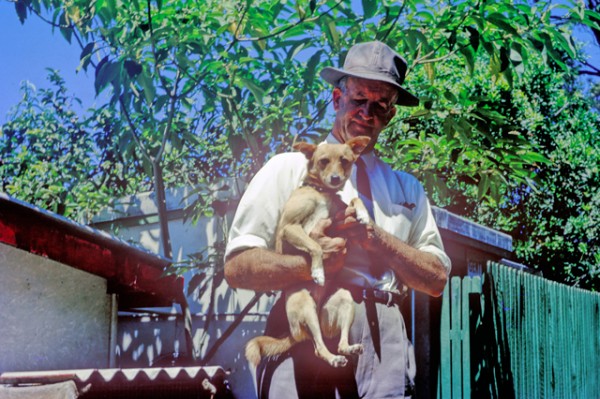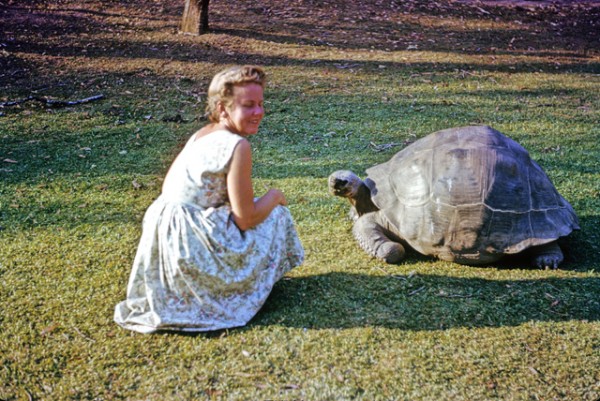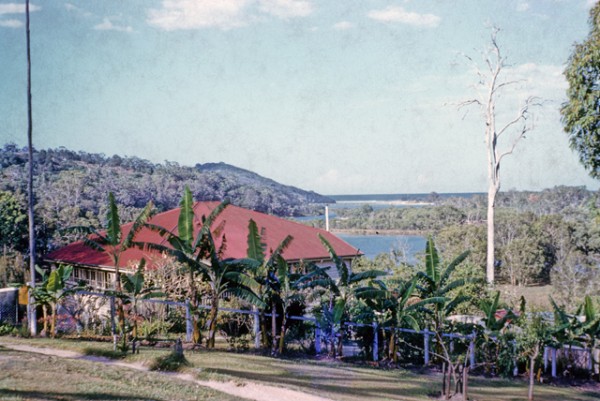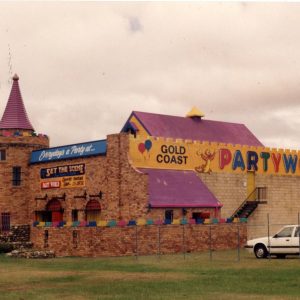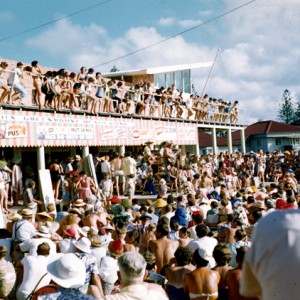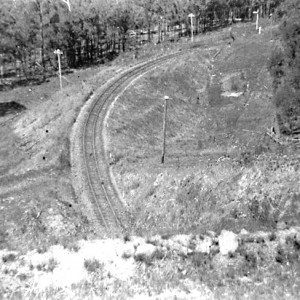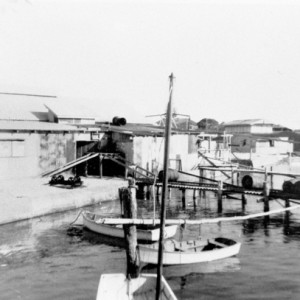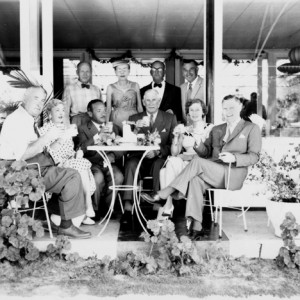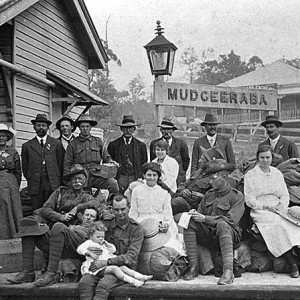
Born in Ballarat, Victoria on the 6 January 1907 David Fleay collected bees and insects from a young age.
He was educated at Pleasant Street and McArthur Street, Ballarat Grammar School and Melbourne University. He was encouraged to follow his interest in natural history by the headmaster at Ballarat Grammar School. He became a teacher of biology from 1931 to 1934, and started a Field Naturalist Club at the school.
In 1933 while in Tasmania, he took a photograph of Benjamin, the last captive Thylacine (Tasmanian Tiger) which has long been regarded as ‘the best and clearest’ ever taken. In 1934 he applied and was accepted for the position of Director of the New Australian Section of the Melbourne Zoological Gardens. His greatest ambition was to capture a breeding pair of Thylacines to study and attempt to breed them in captivity. He was builder and Director of the Sir Colin MacKenzie Sanctuary at Healesville, Victoria from 1937 to 1947 then became Consultant on Natural History matters to the Sanctuary until 1951.
In 1944, while at Healesville Sanctuary, Victoria, he was the first to breed Platypus in captivity, which was regarded as his greatest achievement.
In 1951, while on holiday in Queensland, the beauty and climate appeared as the perfect location to start his own animal sanctuary. Prior to returning to Healesville, he found a site at Burleigh Heads, still covered in virgin bush, flood free and at the mouth of the Tallebudgera Creek estuary. The following year this became the new home for his family and collection of fauna. The site eventually became the well-known and respected Fleay’s Fauna Reserve.
- Harry, later to be known as Harriet, the tortoise at Fleay’s Fauna Reserve, circa 1960. Photographer G A Black
- Home at the entrance to David Fleay’s Fauna Reserve, West Burleigh, circa 1960. Photographer G A Black
David Fleay received many awards for his conservation work from many and varied sources, including having a sub species of the Australian Wedge-tailed eagle named after him (Aquila Audax Fleayi). He was a regular contributor to newspapers sharing his knowledge of Australian fauna with the wider community.
In April 1989, for only the second time in Gold Coast history, the honour of the Freedom of the City of Gold Coast was jointly awarded to Alex Griffith of the Currumbin Bird Sanctuary and David Fleay.
David passed away at 86 years of age on 7 August 1993.
Sources of information and further reading
- Fleay-Thomson, Rosemary. Animals First: the story of pioneer Australian conservationist and zoologist Dr David Fleay, Petaurus Publishing, 2007.
- “Fauna reserve.” Daily Mercury (Mackay, Qld. : 1906 – 1954) 12 May 1952: 2. Web. 6 Jan 2016 http://nla.gov.au/nla.news-article172099254
